Newsletter
Sign up and stay in-the-know about The Crowd & The Cloud and the world of citizen science.

In Episode 4, The Crowd & The Cloud talks to conservationist citizen scientists who gather important data about horseshoe crabs. Scroll down to learn more about the people and projects featured in this segment.

Promote conservation of horseshoe crabs in New York state through data collection.
During evenings of the full and new moon, horseshoe crabs may be coming your way! Through the New York Horseshoe Crab Monitoring Network, you can get involved with the annual horseshoe crab monitoring program. In various locations along New York’s coasts, there are reference beaches being monitored. Volunteers help collect scientific data on horseshoe crabs that is used to assess their status. With this data, researchers are able to make suggestions towards the management and conservation of this important species throughout the region. As seen in footage of similar surveys near Cape May, New Jersey, in the Delaware Bay, in Episode 4 of THE CROWD & THE CLOUD, the New York Horseshoe Crab Monitoring Network leads a diverse team of citizen scientists, all passionate about helping conserve horseshoe crabs and their habitat.
The data collected in the surveys includes horseshoe crab spawning abundance, size, sex and tag returns around full and new moon evenings. From May through to July, volunteers work side by side with researchers and learn things about these creatures they may not have known before. Did you know, this species dates back to before the dinosaurs and that female horseshoe crabs can lay up to 120,000 eggs in one season?
Presented by Cornell University Cooperative Extension’s Marine Program, the New York Horseshoe Crab Monitoring Network works with the New York State Department of Environmental Conservation to develop and organize this project. The New Jersey surveys are organized by The Nature Conservancy.
Conserving the lands and waters on which all life depends.
Horseshoe crabs are marine arthropods; invertebrates living primarily in and around shallow ocean waters on soft sandy or muddy bottoms.
Red Knots are battling climate change—on both ends of the earth.
http://www.audubon.org/magazine/may-june-2016/red-knots-are-battling-cli...
Like clockwork, the red knots arrive every spring, descending on the beaches of Delaware Bay to feast for a few weeks on horseshoe crab eggs.
http://www.nytimes.com/2012/06/06/nyregion/red-knots-horseshoe-crabs-and...
